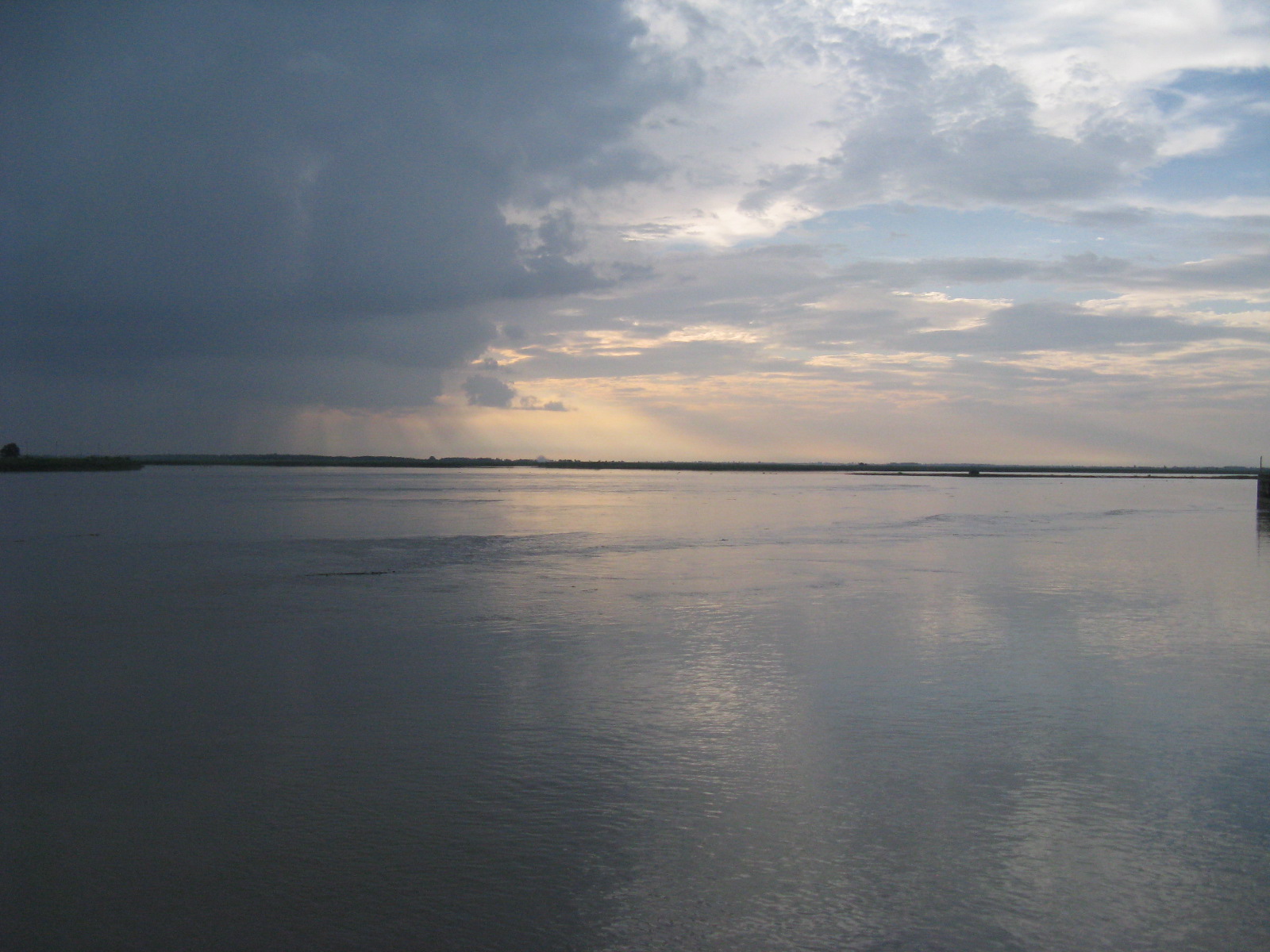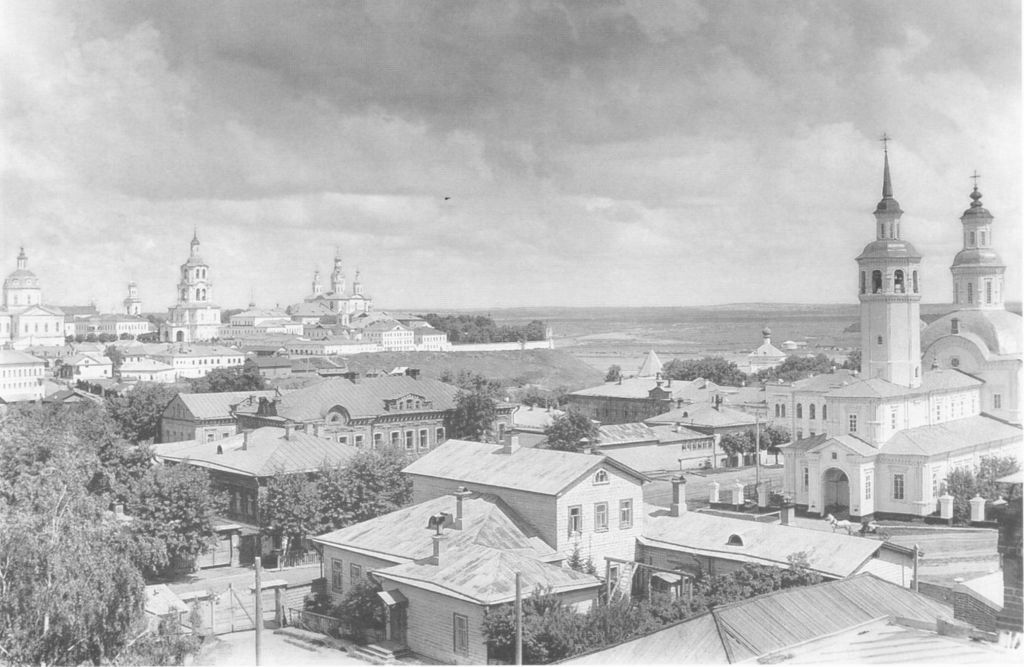|
Archa Darugha
The Archa Darugha ( tt-Latn, Arça daruğası) was a subdivision of the Kazan Khanate and the Kazan Uyezd in 16th–18th centuries. The center was the town of Archa. Its territory covered the basins of the Kazanka, Noqsa, Kinderle, Shapshe, Yamashirma, Norma, Kesmas, Qırlay, Kultas, Sarapul, Vyatka, Shushma, Sarda etc. rivers. For the most part, the possessions of Prikaz of Kazan Palace, monasteries and Serving Tatars Serving Tatars ( tt-Cyrl, йомышлы татарлар, translit=Yomışlı Tatarlar; russian: Служилые татары) were a class of ethnically Tatars state servants in Grand Duchy of Moscow, Muscovy and Russia in 14th–18th centur ... were placed there in the 16th–18th centuries. References *{{TES, Arça daruğası/Арча даругасы History of Tatarstan ... [...More Info...] [...Related Items...] OR: [Wikipedia] [Google] [Baidu] |
Darugha
''Darugha'' ( ba, даруга, tt-Cyrl, даруга, translit=daruğa, from Mongol: ''daru-'', 'to press, to seal') was a territorial subdivision in the Mongol Empire. A ''darugha'' was ruled by a ''darughachi''. Later, the term was used for the province, particularly in Kazan and the Siberian Khanates in the 15th and 16th centuries. It was used in the Turkic-populated parts of the Russian Empire in the 16th to 18th centuries. In Safavid Iran, it was a title meaning ''prefect''. One of the many Safavid darughas was Mirman Mirimanidze. In 1762, the Bashkir people controlled the Kazan, Nogai, Osin Darugha and Siberian Darughas.Rychkov Petr Ivanovich: "Topography of Orenburg" Russia St. Petersburg, 1762 page 93 In the Mughal Empire, a ''daroga'' was the title of a district police officer. This title was kept until the 20th century during the British Raj The British Raj (; from Hindi ''rāj'': kingdom, realm, state, or empire) was the rule of the British Crown on the Indian ... [...More Info...] [...Related Items...] OR: [Wikipedia] [Google] [Baidu] |
Monasteries
A monastery is a building or complex of buildings comprising the domestic quarters and workplaces of monastics, monks or nuns, whether living in communities or alone (hermits). A monastery generally includes a place reserved for prayer which may be a chapel, church, or temple, and may also serve as an oratory, or in the case of communities anything from a single building housing only one senior and two or three junior monks or nuns, to vast complexes and estates housing tens or hundreds. A monastery complex typically comprises a number of buildings which include a church, dormitory, cloister, refectory, library, balneary and infirmary, and outlying granges. Depending on the location, the monastic order and the occupation of its inhabitants, the complex may also include a wide range of buildings that facilitate self-sufficiency and service to the community. These may include a hospice, a school, and a range of agricultural and manufacturing buildings such as a barn, a forge, ... [...More Info...] [...Related Items...] OR: [Wikipedia] [Google] [Baidu] |
Prikaz Of Kazan Palace
A prikaz (russian: прика́з, ''prikaz''; , plural: ) was an administrative, judicial, territorial, or executive office functioning on behalf of palace, civil, military, or church authorities in Muscovy and in Russia from the 15th to the 18th centuries. The term usually suggests the functionality of a modern "ministry", "office" or "department". In modern Russian, ''prikaz'' literally means an "order". Most of the prikazes were subordinated to the Boyar Duma. Some of them (palace prikazes (russian: links=no, дворцовые приказы, ) were subordinated to the ''taynyi prikaz'' or ''pervyi prikaz'', which answered directly to the tsar. The patriarch of Moscow and All Russia had his own prikazes. History Originally, prikazes were created by private orders (russian: приказ, prikaz) given by the tsar to a certain person. The functions of the prikazy would be led by boyars and professional administrators. From 1512, the term "Prikaz" started to be used to refer t ... [...More Info...] [...Related Items...] OR: [Wikipedia] [Google] [Baidu] |
Sarda River
The Sharda River, also called Kali River and Mahakali River, originates at Kalapani in the Himalayas at an elevation of in the Pithoragarh district in Uttarakhand, India. It flows along Nepal's western border with India and has a basin area of . It joins Ghaghra River, a tributary of the Ganges. It takes the name Kali River from the union of the two streams at Gunji as it flows through the hills. After Brahmadev Mandi near Tanakpur, it enters the Terai plains, where it is called Sharda River. It offers potential for hydroelectric power generation. The river is also proposed as source for one of the many projects in the Himalayan component of the Indian Rivers Inter-link project. Etymology and naming It is named after Śāradā, which is another name for Saraswati, the goddess of learning. It is called Mahakali River in ne, महाकाली नदी, mahākālī nadī, , in Hindi, and Kali Gad (Kumaoni: काली गाड़, ''kālī gād'') or Kali Ganga in ... [...More Info...] [...Related Items...] OR: [Wikipedia] [Google] [Baidu] |
Shoshma River
The Shoshma (russian: Шошма; tt-Cyrl, Шушма, ''Şuşma''; chm, Шошма, ''Šošma'') is a river in Mari El, Tatarstan and Kirov Oblast, Russian Federation, a right-bank tributary of the Vyatka. Its length is , of which are in Tatarstan, and its drainage basin covers .«Река Шошма» Russian State Water Registry It originates near Maly Kiner, and flows to the Vyatka near , |
Kirov, Kirov Oblast
Kirov ( rus, Ки́ров, p=ˈkʲirəf, a=Ru-Киров.ogg) is the largest city and administrative center of Kirov Oblast, Russia. It is located on the Vyatka River in European Russia, 896 km northeast of Moscow. Its population was 518,348 in 2020. Kirov is a historical, cultural, industrial, and scientific center of Priural'e (territory on the west side of the Ural Mountains); place of origin for Dymkovo toys; the most eastern city founded during the times of Kievan Rus'. The city also had the names of Khlynov (, from 1457 to 1780), and Vyatka (, until 1934). History Principality and republic The native Slavic tribe of Central Russia and Volga regions, the Vyatichis (also called Viatichi), mixed here with the Novgorod Slavs, Novgorodian Slovenes and Finno-Ugric languages, Finno-Ugric people. According to the medieval chronicles the first Russian settlements in the area appeared in 12th century. Kirov itself was first mentioned (as Vyatka) for the first time i ... [...More Info...] [...Related Items...] OR: [Wikipedia] [Google] [Baidu] |
Sarapul
Sarapul ( Udmurt and russian: Сара́пул) is a city and a river port in the Udmurt Republic, Russia, located on the right bank of the Kama River, southeast of Izhevsk, the capital of the republic. Population: History Sarapul is one of the oldest cities of the Kama region. It was first mentioned in a 1596 population audit book as the village ('' selo'') of Voznesenskoye (), later known as Sarapul: ''in Kazansky Uyezd in the upper Kama River ... in Sarapul and Siva people fish''. Apparently, here "Sarapul" is the name of a section of the river, as well as the entire area along its shores. It is believed that the name of this area comes from the word "сарапуль" (''sarapul'') which in Chuvash means "yellow fish", or sturgeon, which was in abundance here. Later, however, other versions of the origin of the name were considered. In particular, one of them says that the word "sarapul" formed by the merger of two words: "sarah", which in one of the Siberian dialects means ... [...More Info...] [...Related Items...] OR: [Wikipedia] [Google] [Baidu] |
Kazan Khanate
The Khanate of Kazan ( tt, Казан ханлыгы, Kazan xanlıgı; russian: Казанское ханство, Kazanskoye khanstvo) was a medieval Tatar Turkic state that occupied the territory of former Volga Bulgaria between 1438 and 1552. The khanate covered contemporary Tatarstan, Mari El, Chuvashia, Mordovia, and parts of Udmurtia and Bashkortostan; its capital was the city of Kazan. It was one of the successor states of the Golden Horde (Kipchak Khanate), and it came to an end when it was conquered by the Tsardom of Russia. Geography and population The territory of the khanate comprised the Muslim Bulgar-populated lands of the Bolğar, Cükätäw, Kazan, and Qaşan duchies and other regions that originally belonged to Volga Bulgaria. The Volga, Kama and Vyatka were the main rivers of the khanate, as well as the major trade ways. The majority of the population were Kazan Tatars. Their self-identity was not restricted to Tatars; many identified themselves simply as ... [...More Info...] [...Related Items...] OR: [Wikipedia] [Google] [Baidu] |
Norma River
Norma may refer to: * Norma (given name), a given name (including a list of people with the name) Astronomy *Norma (constellation) *555 Norma, a minor asteroid *Cygnus Arm or Norma Arm, a spiral arm in the Milky Way galaxy Geography *Norma, Lazio, a city in the province of Latina, Italy *Norma, Tibet Arts, entertainment, and media * ''Norma'' (album), by Mon Laferte * ''Norma'' (journal), in men's studies * ''Norma'' (opera), by Vincenzo Bellini * ''Norma'' (play), by Henrik Ibsen *Grupo Editorial Norma, a Colombian publishing house *Norma Editorial, a comics publishing company in Spain, unrelated to Grupo Editorial Norma *''Norma'', a 1942 sculpture by Abram Belskie *''Norma'', a novel by Vladimir Sorokin Tropical storms * Tropical Storm Norma (1970) * Hurricane Norma (1974) * Hurricane Norma (1981) * Hurricane Norma (1987) * Tropical Storm Norma (1993) * Tropical Storm Norma (2005) Other uses * ''Norma'' (AK-86), a never-commissioned U.S. Navy cargo vessel * Norma (supermarke ... [...More Info...] [...Related Items...] OR: [Wikipedia] [Google] [Baidu] |




